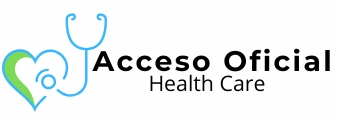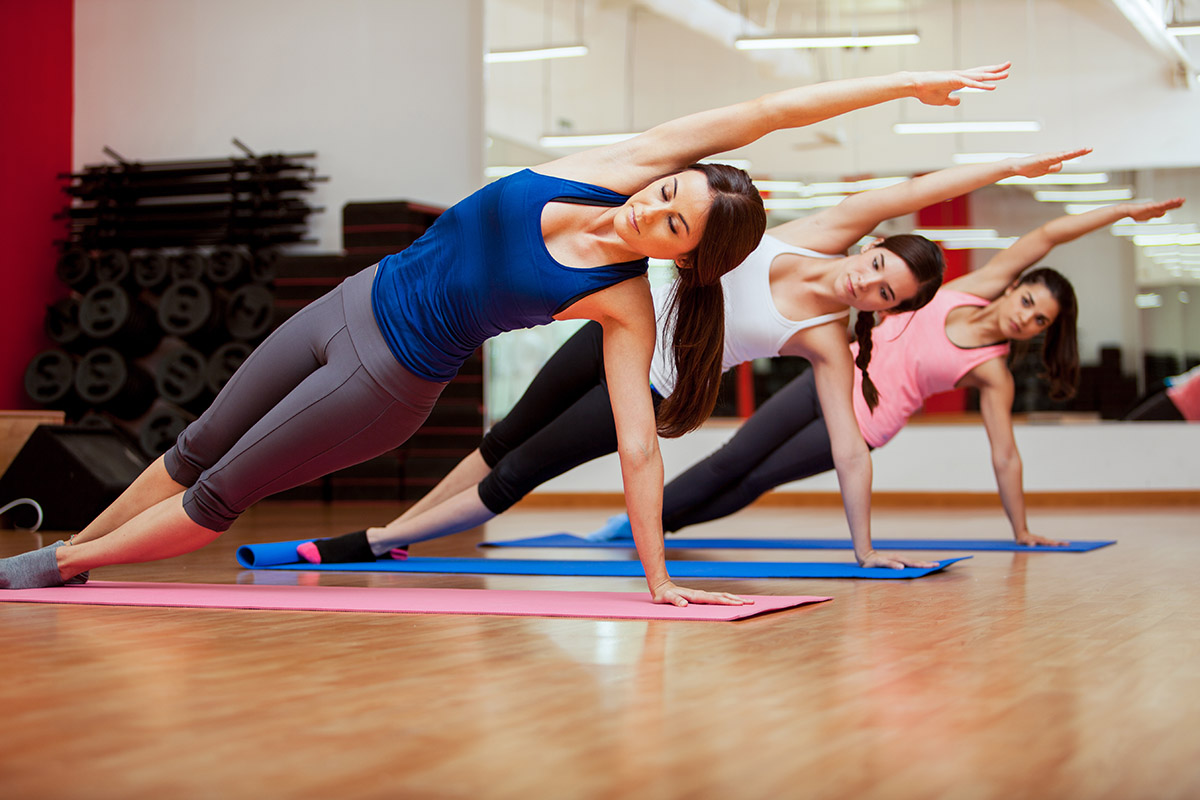Stress has become an unwelcome companion for millions of people worldwide. Between work deadlines, family responsibilities, and the constant buzz of digital notifications, finding moments of peace can feel nearly impossible. The good news? You don’t need expensive spa treatments or lengthy meditation retreats to find relief.
Simple relaxation techniques can help you manage stress effectively, right from the comfort of your own home. These proven methods require nothing more than a few minutes of your time and your focused attention. By learning and practicing these techniques, you’ll develop valuable tools to calm your mind, relax your body, and restore your sense of balance.
This guide will walk you through easy-to-follow relaxation methods that you can start using today. From breathing exercises to progressive muscle relaxation, each technique offers a unique pathway to stress relief that fits seamlessly into your daily routine.
Understanding Stress and Its Impact
Stress is your body’s natural response to perceived threats or challenges. When you encounter a stressful situation, your nervous system releases hormones like cortisol and adrenaline, preparing your body for “fight or flight.” While this response can be helpful in genuine emergencies, chronic stress keeps your body in a constant state of alertness.
This prolonged stress response takes a significant toll on your physical and mental health. Common symptoms include headaches, muscle tension, difficulty sleeping, and feelings of overwhelm or irritability. Over time, chronic stress can contribute to more serious health issues, including heart disease, digestive problems, and weakened immune function.
Modern life presents countless stressors that our ancestors never faced. Work pressure, financial concerns, social media comparison, traffic jams, and information overload all contribute to elevated stress levels. Recognizing these stressors is the first step toward managing their impact on your well-being.
Deep Breathing Exercises
Deep breathing is one of the most accessible and effective stress-relief techniques available. This simple practice activates your body’s relaxation response, slowing your heart rate and reducing blood pressure.
Diaphragmatic breathing, also known as belly breathing, engages your diaphragm muscle rather than relying on shallow chest breathing. This technique helps deliver more oxygen to your bloodstream while signaling to your nervous system that it’s safe to relax.
To practice diaphragmatic breathing, find a comfortable seated or lying position. Place one hand on your chest and the other on your belly. Breathe in slowly through your nose, allowing your belly to rise while keeping your chest relatively still. The hand on your belly should move more than the hand on your chest.
Exhale slowly through your mouth, gently pressing your belly button toward your spine. Aim for exhales that are longer than your inhales—try breathing in for four counts and out for six counts. Practice this technique for five to ten minutes daily, gradually increasing the duration as it becomes more natural.
Progressive Muscle Relaxation
Progressive muscle relaxation (PMR) is a technique that involves systematically tensing and then releasing different muscle groups throughout your body. This method helps you become more aware of physical tension while teaching your muscles how to relax completely.
The process works by creating a contrast between tension and relaxation, making the relaxed state more noticeable and achievable. Regular practice of PMR can help reduce overall muscle tension, improve sleep quality, and decrease anxiety levels.
Begin by finding a quiet space where you can lie down comfortably. Start with your toes—tense them tightly for five seconds, then release and notice the sensation of relaxation. Move systematically through your body: feet, calves, thighs, buttocks, abdomen, hands, arms, shoulders, neck, and face.
For each muscle group, create tension for five seconds, then release and focus on the feeling of relaxation for 10-15 seconds. The entire sequence typically takes 15-20 minutes. With practice, you’ll be able to achieve deep relaxation more quickly and recognize tension in your body before it becomes overwhelming.
Mindfulness Meditation
Mindfulness meditation teaches you to observe your thoughts and feelings without judgment, creating space between yourself and stressful experiences. This practice doesn’t require you to empty your mind or achieve a particular state—instead, it’s about developing awareness of the present moment.
The core principle of mindfulness is paying attention to what’s happening right now, rather than getting caught up in worries about the future or regrets about the past. This shift in focus can significantly reduce stress and anxiety while improving overall emotional regulation.
To begin mindfulness meditation, sit comfortably with your back straight and your eyes closed or softly focused on a point in front of you. Start by noticing your breath without trying to change it. When your mind wanders—and it will—gently bring your attention back to your breathing.
Don’t judge yourself for having thoughts; simply acknowledge them and return to your breath. Start with just five minutes daily and gradually increase the duration. Many people find it helpful to use guided meditation apps or recordings when starting their mindfulness practice.
Guided Imagery
Guided imagery uses the power of your imagination to create a sense of calm and relaxation. This technique involves visualizing peaceful, pleasant scenes that help transport your mind away from stressful thoughts and situations.
The effectiveness of guided imagery lies in your brain’s ability to respond to imagined experiences almost as if they were real. When you vividly imagine a peaceful beach or serene forest, your body begins to relax as if you were actually in that calming environment.
Choose a quiet location where you won’t be interrupted. Close your eyes and begin with a few deep breaths. Then, imagine yourself in a place that makes you feel completely at peace. This might be a warm beach with gentle waves, a cozy cabin in the mountains, or a beautiful garden in spring.
Engage all your senses in this visualization. What do you see, hear, smell, and feel? Spend 10-15 minutes exploring this peaceful place in your mind. The more detailed and vivid you can make the imagery, the more effective it will be for stress relief.
Quick Relaxation Techniques for Busy Schedules
Not every stressful moment allows time for extended relaxation sessions. These quick techniques can be used anywhere, anytime you need immediate stress relief.
The 4-7-8 breathing technique takes less than two minutes. Inhale through your nose for four counts, hold your breath for seven counts, then exhale through your mouth for eight counts. Repeat this cycle three to four times for quick stress relief.
The 5-4-3-2-1 grounding technique helps redirect your attention when feeling overwhelmed. Notice five things you can see, four things you can touch, three things you can hear, two things you can smell, and one thing you can taste. This practice brings you back to the present moment and away from stressful thoughts.
Shoulder rolls and neck stretches can be done at your desk or in your car. Simply roll your shoulders backward five times, then forward five times. Gently tilt your head from side to side, holding each position for a few seconds to release neck tension.
Creating Your Personal Relaxation Routine
Consistency is key when it comes to stress management. Building relaxation techniques into your daily routine ensures you’re proactively managing stress rather than just reacting to it.
Consider scheduling relaxation time just as you would any other important appointment. Many people find that practicing relaxation techniques first thing in the morning helps set a calm tone for the entire day. Others prefer evening sessions to unwind from daily stressors.
Start small and be realistic about your time constraints. Even five minutes of daily practice is beneficial and more sustainable than attempting lengthy sessions you can’t maintain. As relaxation becomes a habit, you can gradually extend your practice time.
Experiment with different techniques to find what works best for you. Some people respond better to physical techniques like progressive muscle relaxation, while others prefer mental practices like guided imagery. You might even combine techniques—starting with deep breathing and transitioning to mindfulness meditation.
Building Long-Term Stress Resilience
Regular practice of relaxation techniques does more than provide immediate stress relief—it builds your overall resilience to stress. Think of these practices as exercises for your nervous system, strengthening your ability to stay calm under pressure.
Keep a stress journal to track your progress and identify patterns in your stress levels. Note which techniques work best for different situations and how your stress responses change over time. This awareness helps you refine your approach and build confidence in your stress management abilities.
Remember that learning relaxation techniques is a skill that improves with practice. Be patient with yourself as you develop these new habits, and celebrate small victories along the way.
Frequently Asked Questions
What are the benefits of deep breathing exercises?
Deep breathing exercises offer numerous benefits including reduced heart rate and blood pressure, decreased muscle tension, improved oxygen delivery to tissues, and activation of the body’s relaxation response. Regular practice can also improve sleep quality, reduce anxiety, and enhance overall emotional regulation.
How often should I practice relaxation techniques?
For optimal results, aim to practice relaxation techniques daily, even if only for 5-10 minutes. Consistency is more important than duration. You can also use quick techniques throughout the day whenever you notice stress building up. Many people benefit from both scheduled practice sessions and on-the-spot stress relief techniques.
Can relaxation techniques reduce anxiety?
Yes, relaxation techniques are highly effective for reducing anxiety. They work by activating the parasympathetic nervous system, which counteracts the stress response that fuels anxiety. Regular practice helps break the cycle of anxious thoughts and physical tension, providing both immediate relief and long-term anxiety management benefits.
Do I need special equipment or apps to practice these techniques?
No special equipment is required for basic relaxation techniques. However, some people find guided meditation apps, relaxing music, or comfortable props like cushions helpful, especially when starting out. The beauty of these techniques is their accessibility—you can practice them anywhere with nothing more than your breath and attention.
How quickly will I see results from relaxation techniques?
Many people notice immediate benefits from relaxation techniques, such as feeling calmer after a breathing exercise. However, the most significant benefits develop with consistent practice over weeks and months. You may notice improved sleep, better stress tolerance, and reduced physical tension symptoms within 2-4 weeks of regular practice.
Taking Your First Steps Toward Stress Relief
Managing stress doesn’t require dramatic life changes or expensive interventions. These simple relaxation techniques offer practical, proven methods for finding calm amidst life’s chaos. Start with the technique that resonates most with you, practice it consistently for a week, then gradually incorporate others into your routine.
Remember that stress management is a journey, not a destination. Some days will be more challenging than others, and that’s perfectly normal. The key is having reliable tools at your disposal and the knowledge that you can influence how stress affects your body and mind. With regular practice, these techniques will become second nature, providing you with a foundation of calm that supports your overall well-being.




